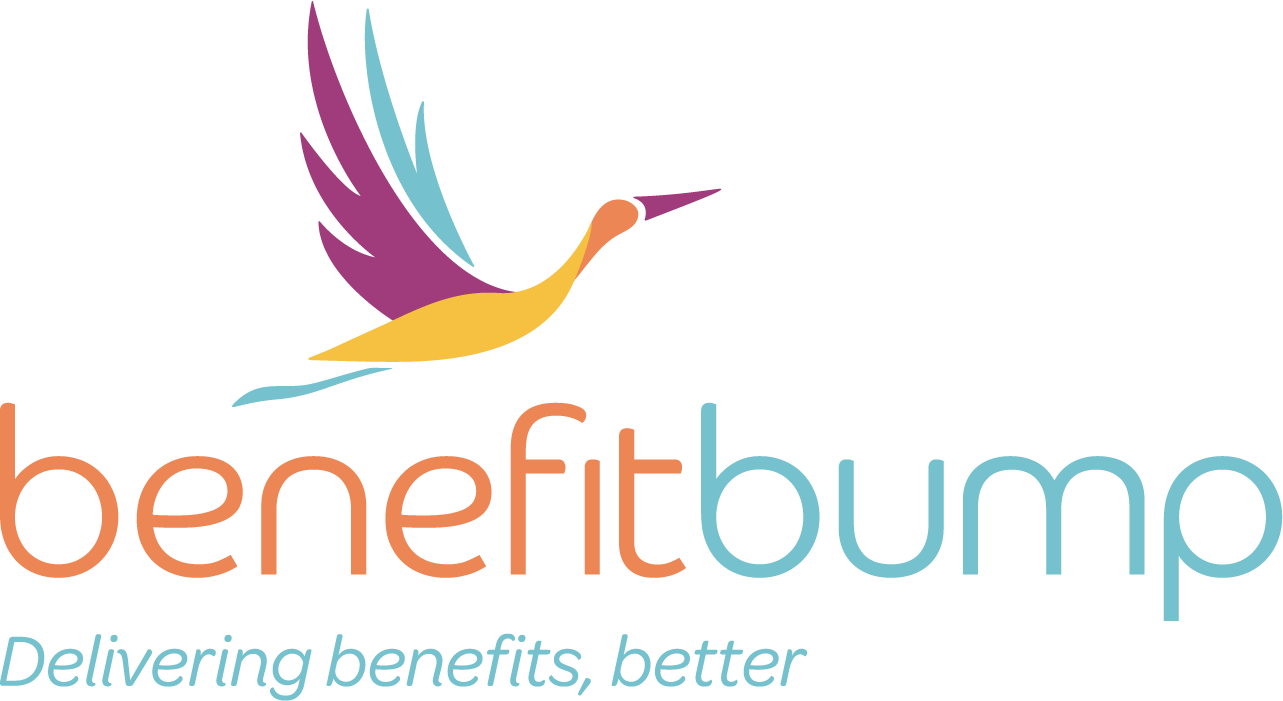Birth Preferences
We’re going to take a different approach to the birth plan.
The word ‘plan’ tells the brain “this is exactly how this experience is going to play out…” and gives moms-to-be a false sense of control. What happens when things don’t go as planned? How do you adapt? Do you roll with it or does your whole world come crashing down? If events don’t happen the way you envisioned, labor may stall and lead to unwanted medical interventions.
Wording is key when developing your likes and dislikes. By changing the word ‘plan’ to ‘preferences’ this signifies to your brain there may be changes that happen along the way and that is okay. The items you laid out are your first-choice preferences and not set in stone expectations.
When you write your plan, keep it short, sweet (or funny) and to the point - 2 pages or less is best. Consider using bullet points. The longer the document, the more likely you will lose your audience or may be perceived as difficult to work with. You may also want to consider creating a visual notecard size “quick reference guide”.
1. Who Will be Attending
Dad-to-be? Mom-to-be? Grandma? Doula? Massage therapist? Consider if there is anyone you do not want to be present. Your nursing staff can be a helpful resource if someone who is not approved to be present, tries to sneak their way in. Most labor and delivery suites have rules about the number of people allowed in the room when baby is being born. Be sure to check with your facility about how many people can be present before delivery day.
You can also note if you’re open or opposed to having students present for your checks and birth, if your facility is a teaching hospital.
2. Labor Preferences
Do you want to move around freely? Do you want to have access to water? Maybe you want all the birthing tools the facility has available i.e. birthing balls, squat bars, or peanut balls. Do you plan to give birth in your own clothes rather than wear a hospital gown?
3. Pain Management
This is where you can discuss your desires for pain management. Maybe you are working towards an unmedicated birth. Or perhaps you want the epidural the second you feel your first contraction. If you chose to use Hypnobirthing techniques or the Bradley Method, let your birthing team know so they are prepared to support you through your process.
4. Birthing Preferences
Let your birthing team know if you’re open to tips or suggestions for pushing or if you have a position you might like to try for delivery. Some doctors will offer a mirror for mom to see baby crowing or encourage you to reach down and feel baby’s head. If that is something you do not want to experience or do want to experience, say it. Maybe you would prefer your doctor to strip your membranes or break your water.
5. Baby’s Arrival
Do you want immediate skin to skin contact or would you prefer baby to be cleaned off? Do you or your partner want to cut the umbilical cord? Do you want to delay cord clamping to allow all the blood in the umbilical cord to support baby? Do you have preferences about Pitocin after delivery to stop the bleeding? How do you feel about baby’s first bath - at home or in the hospital? If baby is a boy, do you have preferences about circumcision? What about the newborn procedures, do you want them preformed in the room with you? Where would you like baby to sleep - in the nursery or next to your bed? What are your preferences on feeding - nursing or formula?
6. Unplanned Preferences
Sometimes things don’t go as envisioned. Take this opportunity to write out your preferences if you have an unplanned c-section. Do you want your birthing partner to be with you or be with the baby? Do you want a sheet up so you can’t see what is going on or would you prefer to see?
7. Thank You
Gratitude and appreciation go a long way. This is the part where you can take a moment to thank your birthing team. Some women chose to bring in donuts, coffee, or snacks to keep their support hydrated, alert, and happy.
Writing out your preferences can help you, and your supports, have a clear understanding of your birthing likes and dislikes and how you envision your birth unfolding. Keeping in mind, nothing goes as planned in the delivery room so being open to shifts and changes along the way.

